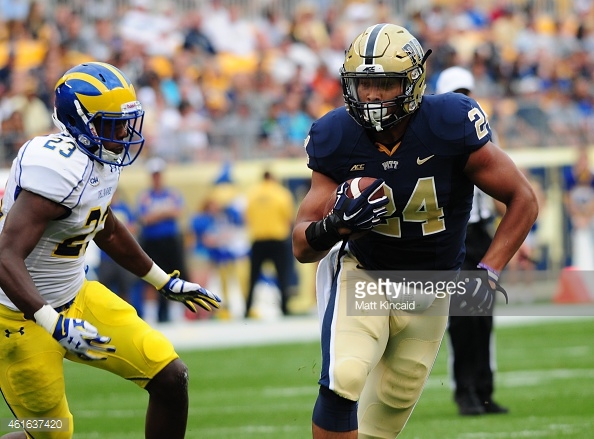You may recall for the past several offseasons that I ran an article series called The Optimist’s/Pessimist’s Take. I used it to explore different issues and topics the Pittsburgh Steelers were facing and took a positive or negative approach, examining each side in a separate article. This is essentially the same idea behind that, only condensed into one article for every topic.
In this version of the idea, I’ll be playing the Devil’s Advocate for both sides of the issue, looking at the best-case and worst-case scenarios in trying to find the range of likely outcomes of what is likely to happen for the Steelers relating to whatever topic the article is covering.
When it comes to the process of trying to construct a championship roster, the reality is that there are a ton of moving parts, and several ways to acquire said parts. There are a lot of things that can go right or wrong in not always predictable ways, so I think it’s helpful to try to look at issues by seeking out the boundaries of the likely positive or negative results.
Topic: Taking a broad, long-term view of the draft, exactly how valuable is getting good draft ‘value’ on your selections?
For many around here, the story of the second day of the 2017 NFL Draft for the Steelers was not one of excitement, but rather disappointment. Specifically, many are disappointed because they don’t believe that the players that the team selected in the slots in which they were picked up represented good ‘value’ relative to where experts projected that they would go, and relative to other players who were also available.
Okay, fine. Maybe JuJu Smith-Schuster could have been had in the mid-third—where they don’t have a pick. Maybe Cameron Sutton could have been had in the early fourth round—where they don’t have a pick. Maybe James Conner could have even been had all the way in the fifth round, though if you read my mock, in spite of the fact that I mocked him there, I anticipated that he would not be available that late and I warned that they might have to take him higher to get him.
Let’s say all of these players were overdrafted relative to expectations and to other players who were available. Let’s say that’s settled business. Now what? How much will that matter four years from now?
The reality is that it’s ultimately up to the players to justify their draft position by playing up to it. Antonio Brown was a sixth-round pick, but is universally considered a first-rounder in those ‘redraft’ exercises that fill up time in the offseason.
That is, of course, one reality.
The other reality is that no matter where these players’ careers might end up, it’s possible that the Steelers could have gotten more valuable players who will have better careers in those slots. It’s also possible that they could have gotten these same players with less valuable draft resources, factoring in trade-back scenarios.
Personally, I think both positions have merit here. There will always be what-ifs, but unless the player actually fails to perform and there’s a clear comparison to somebody else they could have taken who had a strong career in hindsight that was predictable, an ‘overdrafted’ player who goes on to have a good career doesn’t get me down too much. Of course that’s small consolation on draft day.
Which side do you lean closer toward?








